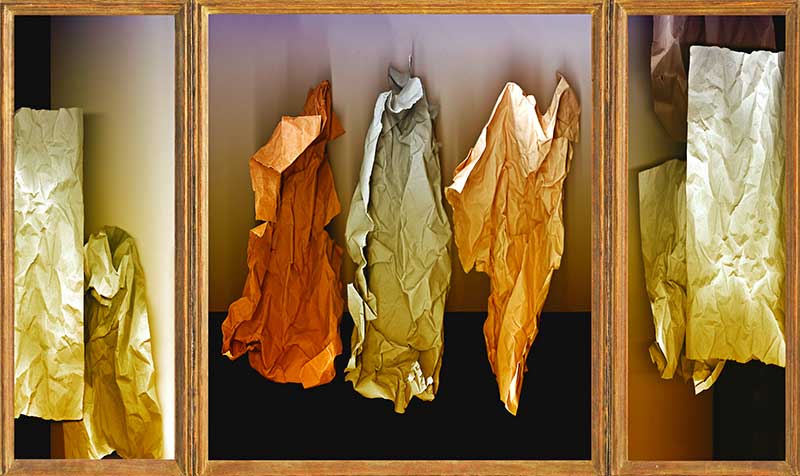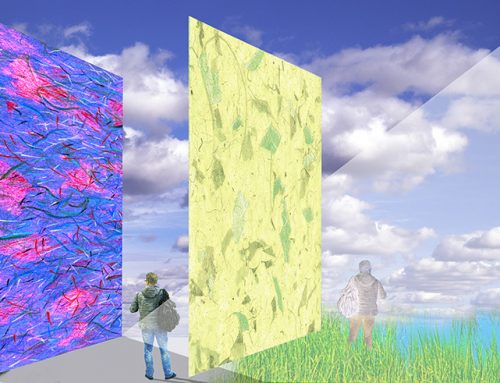Triptych and the golden ratio
This article is about a triptych. And also about the so-called Golden Section. The ratio of the Golden Section is an irrational number, approximately 1.618. And it is often denoted by the Greek letter φ (phi) – Wikipedia. This ratio is also known as the divine proportion or golden mean. It has been widely associated with Architecture, Art, and most design disciplines. Scholars claim that early important monuments have golden ratio proportions. Most notably the great pyramid of Giza, the Parthenon, Notre Dame, the Taj Mahal. And last but not least the modern United Nations by famed architect Le Corbusier. Whether the use of the “Golden Ratio” was intentional or simply good intuitive aesthetics is a subject for debate. The important thing to remember is that when the ratio is used in the design, it fosters compositions that are aesthetically pleasing to the eye.
Golden Ratio
It has been coined “Divine Proportion” is closely associated with many works of art. Paintings by the old masters contain these “Divine” proportions. Perhaps the most famous is Leonardo Da Vinci’s “Mona Lisa” and “The Vitruvian Man”.
I have been forever fascinated by the concept. While a student of architecture, I conducted extensive research on the subject including geometry, the Fibonacci number and the presence of the Golden Ratio in nature. It is important and should be mentioned here, the Golden Ratio is commonly found in nature’s forms.
Recently I have decided to make use of the Golden Ratio in all of my paintings. Researching the Flemish painter Jean Van Eyck, I came across one of his famous triptychs. The proportions of the painting looked pleasing to my eyes. And I decided to use the same proportions for my own painting. The subject was “Modern Triptych”, as seen through the eyes of Van Eyck.
After creating the sketch for the painting, I decided to put it to the test. Overlapping the sketch with the Golden Ratio template I have concluded that Van Eyck has used the Golden Ratio in his painting. And the outside boundary of the template coincides almost perfectly with the dimensions of Van Eyck’s famous triptych. A painting composed of three panels. Usually, the outer panels were hinged and allowed closing onto the main panel.
Suggested articles
Golden Section artgreeT Blog
Allegory artgreeT Blog
Narrative art artgreeT Blog
Digital art artgreeT Blog
Symbols in Renaissance art artgreeT Blog






